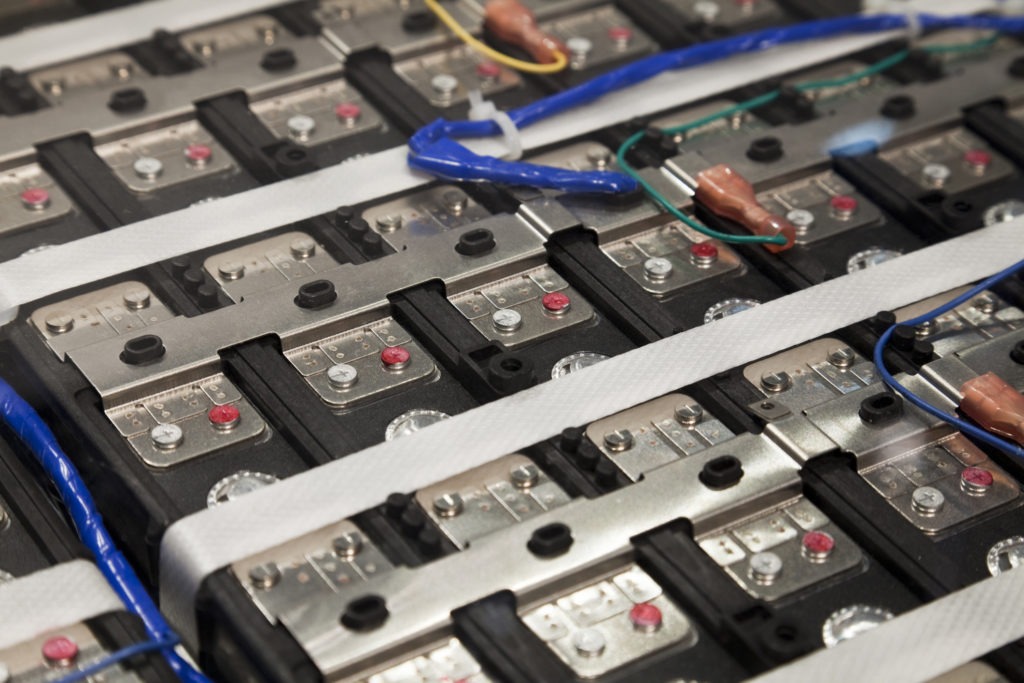EV batteries repurposed for power supply in remote locations
15 August 2019

15 August 2019
Researchers from Warwick University in the UK have succeeded in repurposing old electric vehicle batteries as a small energy storage system (ESS) for developing countries or isolated communities.
The team used Jaguar I-PACE batteries for their research, with each unit holding around 2kWh energy capacity and able to power ′a small shop, a farm holding or multiple residential homes,’ the university said in a statement.
′When an electric vehicle’s battery reaches the end of its useful life, it is by no means massively depleted. It has simply reached the end of its useful life in a vehicle,’ says lead researcher James Marco. ′It is generally accepted that an EV battery has reached end of life when its capacity drops to 80% of a fresh battery. While this is no longer enough to satisfy drivers, it remains immensely useful for anyone who seeks to use the battery in a static situation.’
Overcoming obstacles
Developers faced several challenges in preserving the used Jaguar batteries to retain their charge capacities. Among other things, the lithium-ion cells required protection from over-charge and discharges. The researchers also thought to make the battery system compatible with other used battery cells and modules from different manufacturers.
Additionally, the team needed to ensure the repurposed batteries could be low-cost and easy to maintain while providing an interface that is easy to use and to understand by those who require the power unit.
Help at hand
The team set about overcoming the challenges with the help of the High Value Manufacturing (HVM) Catapult centre, based at the university, and Jaguar Land Rover (JLR), which supplied the batteries and components from the I-Pace. The team designed a new Battery Management System (BMS) and packaging that allowed them to create a working and easily portable prototype ESS which included:
″¢ The use of standard low-cost components for control, communication and safety functions. All parts were either sourced from the JLR service department or were low-cost components purchased from an electrical retailer
″¢ The ability to use different modules that could be interchanged within the second-life system without having to recalibrate the whole BMS
″¢ Enough energy for a small shop, farm holding or multiple residential homes
″¢ Multiple 12V DC sockets and 5V USB charge ports
″¢ The ability to have the 2nd–life module charged via reclaimed laptop chargers
″¢ Simplified control system for easy integration and deployment
′This is a great result that not only provides a highly efficient repurposing solution for automotive batteries but which could also change lives in remote communities,’ Marco concludes. ′We are now looking for support to allow these new units to be further developed and tested in remote or off-grid locations.’